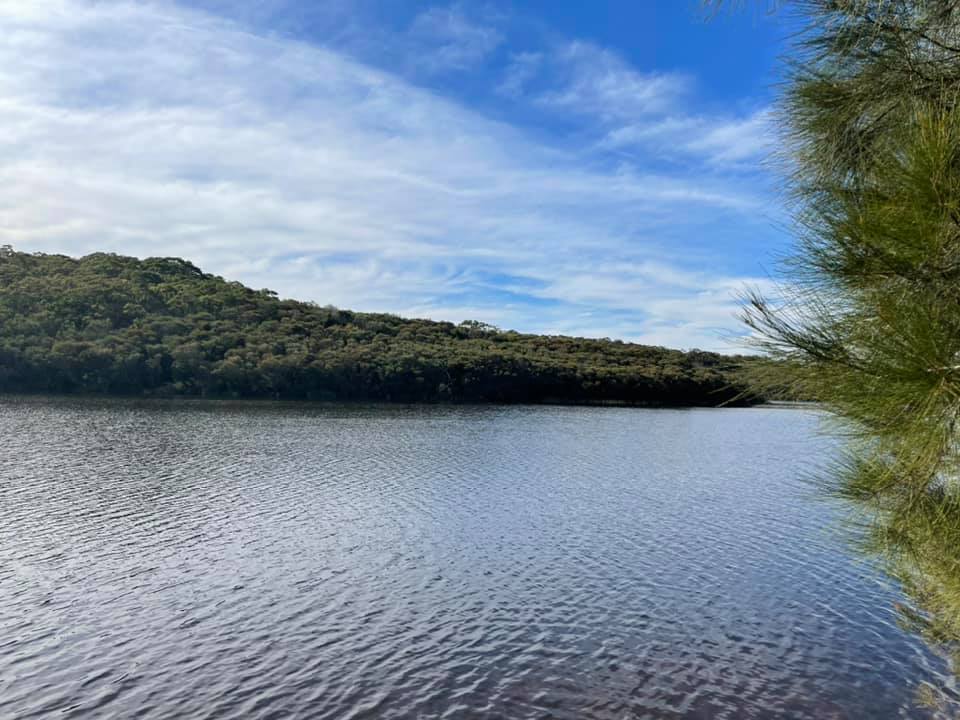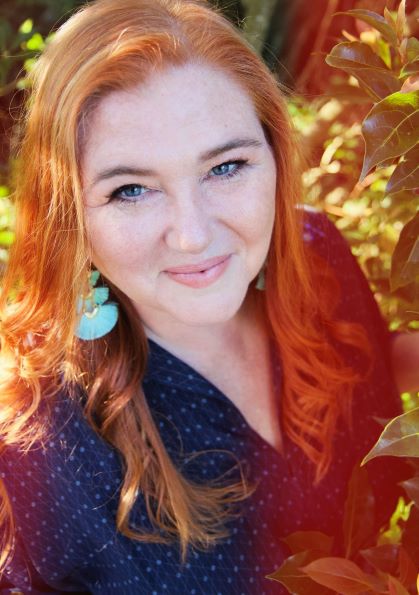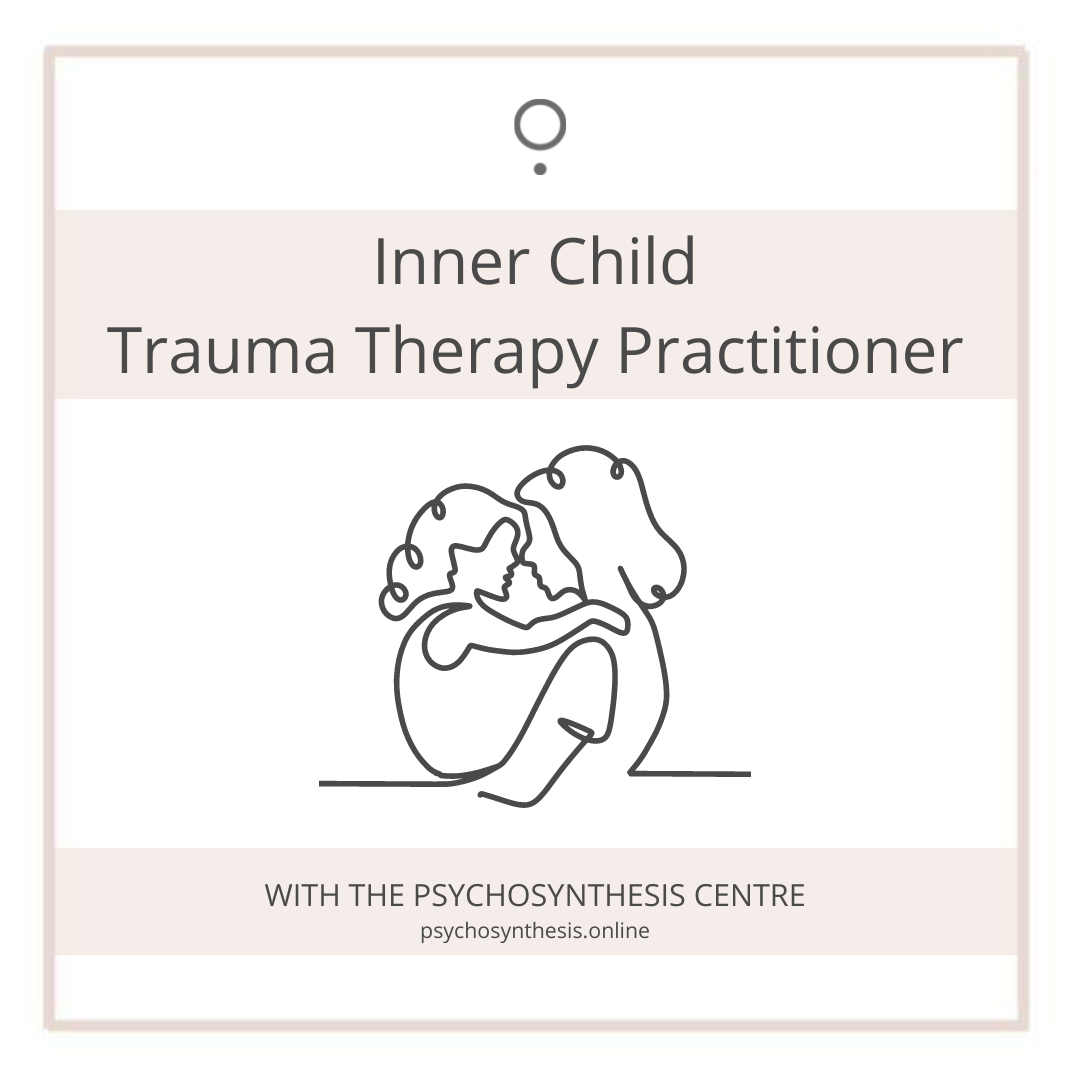
Photo: Jodie Gale | Manly Dam
This blog is about psychosynthesis supervision and cultivating the practise of spaciousness in supervision & therapy.
Having trained in psychosynthesis psychotherapy in the UK over 25 years ago, I was deeply moved to reconnect recently with my psychotherapy trainers, but this time for supervisor continued professional development. As soon as our (overnight for me) workshop started, I felt at home as we began in the psychosynthesis time-honoured way, with a body, feelings, mind meditation. This reflective practice helps us to identify with body, feelings, mind (and thoughts), disidentify from the parts, and then self-identify. The self (small s) in psychosynthesis is akin to the conductor of the orchestra – capable of directing, integrating and synthesising the various parts of the personality.
In this quiet place, I experienced a sense of spaciousness that I had not been in touch with for a while, and that I was unconsciously longing for.
The spiritual quality of spaciousness catapulted me straight back to a time throughout the pandemic – and through one of the longest lockdowns in the world – when I took a six-month sabbatical from seeing 18 clients a week and trained in nature therapy. Each day I would spend two or more hours outdoors, immersed in the exercises set for our training cohort. Those days were quiet; there was nowhere to be, no competing demands, no urgency. Just space.
Life looks very different for me at the moment as I juggle the fullness of life – teens, ageing parents with care needs, and a diverse private practice that includes depth psychotherapy, business coaching, group supervision and online workshops. In all that busyness, I’d cut back on my daily ecotherapy practise and found myself longing for the sense of spaciousness I cultivated throughout our lockdowns.
Ruth Allen, in her book Grounded, captures something essential about the quality of spaciousness. She writes:
“Being still, quietening our body and the inner chatter of our mind, is a way of making space within ourselves. It is a way of being empty that is restful and useful… Nature can be a great aid in creating inner spaciousness because it provides visual cues and metaphors that show us what spaciousness looks like and how it feels. Sitting on the shore looking out to sea, we quickly become aware of the vast expanse of water and the persistent but distant horizon. Spending time contemplating an unbroken expanse of blue is one way that we can internalise a feeling of inner spaciousness; breathing in the sea and imagining it within us is a way of embodying expansiveness.”
Reading this, I was reminded that spaciousness isn’t something we acquire – it’s something we remember. It’s a return to something already present, in that still place inside, beneath the layers of urgency and responsibility.
Spaciousness Is Not a Luxury
In supervision, as in therapy, cultivating spaciousness is not a luxury – it’s a necessity. Spaciousness helps us resist the impulse to rush in and fix, to soothe our own discomfort by offering solutions. When we do that, we risk missing the deeper quality that is trying to emerge through the client or the supervisee’s concerns.
In psychosynthesis, we might call that deeper movement the emerging purpose of the work – the soul’s invitation hidden within the difficulty. Spaciousness allows us to stay with uncertainty long enough for that purpose to reveal itself.
When we are attuned to a sense of inner spaciousness:
- we create an internal secure base – safe haven
- we feel grounded
- we can hold space for not knowing
- we can “be with” wherever the client or supervisee is
- we allow the wisdom of the client, the supervisee or the group to emerge
Spaciousness invites us into conscious relationship with ourselves. We can observe our countertransference, projections, and fears with gentle awareness, allowing them to settle rather than dominate. In that stillness, the noise of the busy world quiets, and clarity, steadiness, and presence emerge.
Sustaining Spaciousness
Lately, I’ve been finding my way back. One of the ways I sustain this sense of space in my life is through a daily walk at my local dam. Even a short one reconnects me to the natural world and restores the rhythm of my breath. It’s a simple but powerful way to return home to myself – to remember what spaciousness feels like.
As therapists, this is essential. When we hold space for others, we need first to have made space within ourselves. Nature, meditation, silence – these are not indulgences but disciplines that sustain the quality of presence our work depends on.
As I continue my series of supervision workshops, I’m reminded that the most transformative and meaningful work often arises not from tools and techniques, but from connection with self and from the felt sense of spaciousness that allows the work to unfold in its own time.



